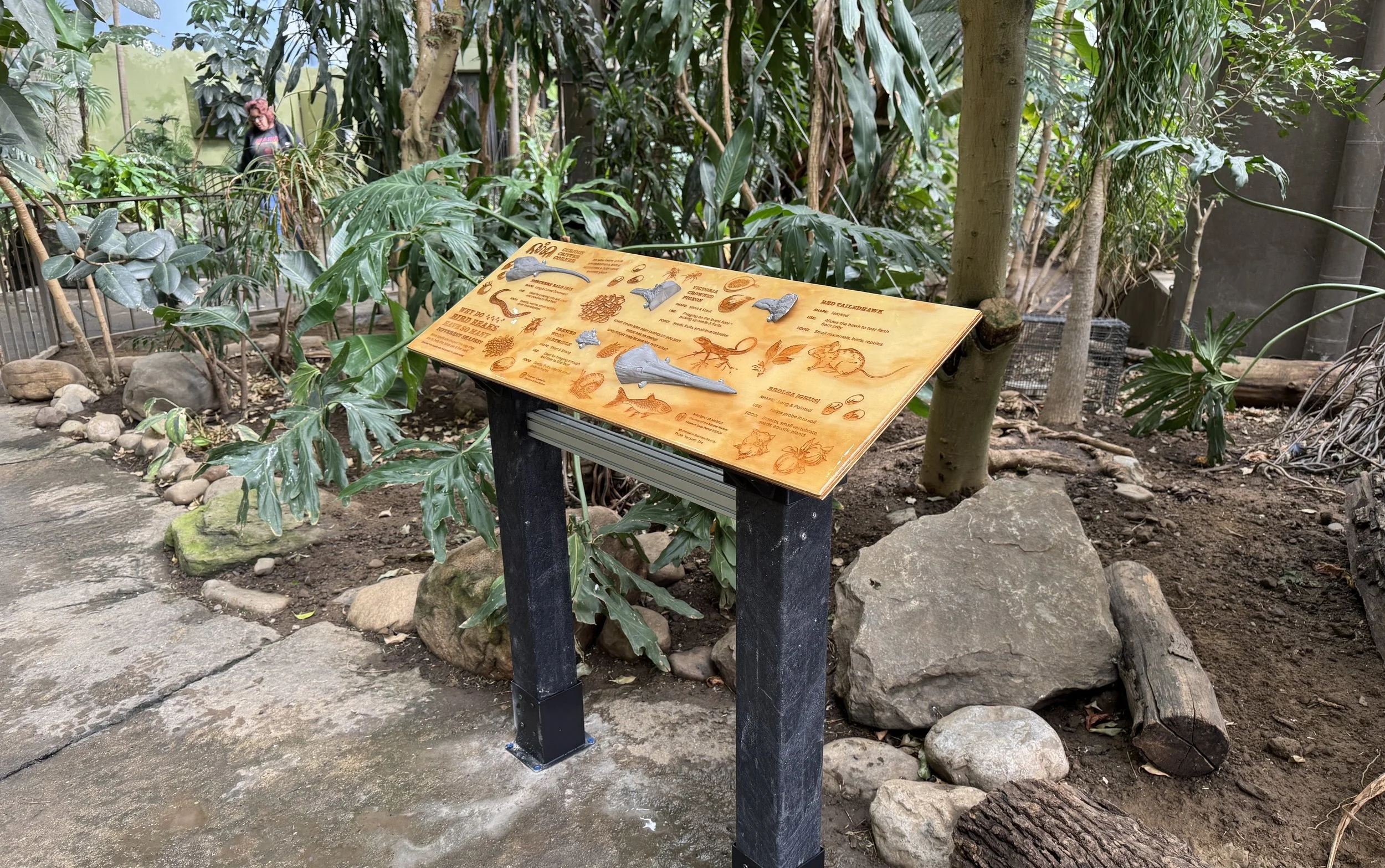Conservation, Education, and Bird Beaks with Metal 3D Printing for Rosamond Gifford Zoo
Partners: Budmen Industries, Think Variant, and Rosamond Gifford Zoo
Why Do Bird Beaks Come In So Many Shapes?
The Rosamond Gifford Zoo teamed up with Budmen Industries to create Curious Critter Corners, eight permanent exhibits designed around the most common visitor questions like “Why do zoos matter?” and “Where are all the animals?”
One of those exhibits, part of the Diversity of Birds section, needed something special: anatomically accurate bird beaks that could that could withstand daily interaction, frequent cleanings, and exposure to bird waste.
Enter Think Variant.
Budmen Industries brought us in to solve a tough challenge: how do you create durable, lifelike bird beaks that can be interacted with, cleaned, and still look great for years to come? Traditional manufacturing couldn’t handle the fine details or the durability demands. We turned to metal 3D printing.
We used stainless steel: strong, corrosion-resistant, easy to clean. We 3D printed five different beak shapes with precision and durability in mind. These beaks aren’t just accurate; they’re practically indestructible.
And as far as we know, they’re the only 3D printed stainless steel bird beaks in the world.
From Idea to Interaction
Now, visitors at the zoo can touch and compare the beaks: some long, some short, some curved, while learning how those shapes help birds survive and thrive. It’s a fun, tangible way to understand biodiversity and adaptation. And thanks to stainless steel, these beaks will be around for years without needing repairs or replacements.
Why It Matters
This project shows what can happen when creative design meets advanced manufacturing. By working together, Think Variant, Budmen Industries, and the Rosamond Gifford Zoo built something that’s educational, sustainable, and built to last. It’s a great example of how innovation can support conservation and education.
So next time you're at the zoo, stop by the Diversity of Birds exhibit and let us know why bird beaks are shaped the way they are.
Think differently.
Think Variant.


